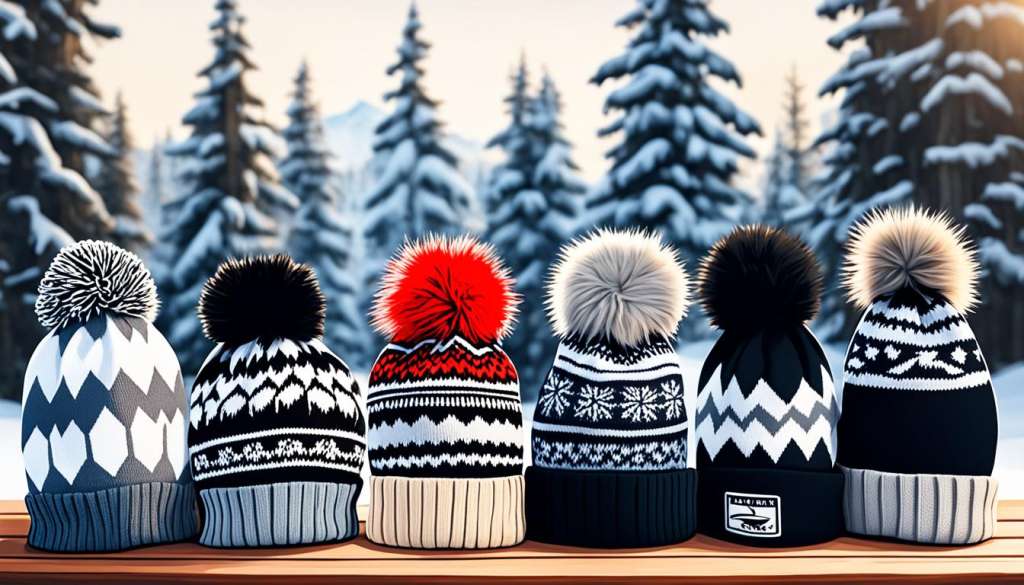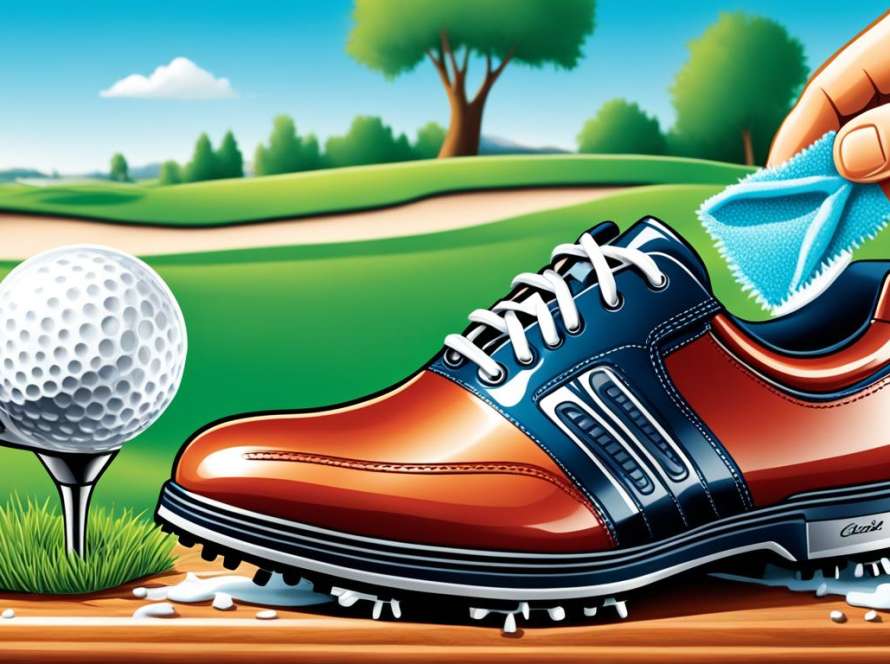Choosing the right cold weather accessories is key to staying warm and comfy in winter. This guide will show you the best winter gear for staying safe from the cold. We’ll cover everything from essential headwear to insulated footwear.
Cold weather can be dangerous, leading to hypothermia and frostbite. Good winter gear is your first line of defense against the cold. We’ll look at important items like thermal hats, gloves, and boots that protect you from the cold.
We’ll also talk about layering to stay warm and tech-friendly options that keep you cozy. You won’t have to sacrifice style or function to stay warm.
Understanding the Importance of Cold Weather Gear
Cold weather gear is vital for protecting your body in winter. It keeps you safe and comfortable when it’s freezing. Let’s see why it’s so important for your safety and comfort.
Protection Against Extreme Temperatures
Insulation is key to staying warm in the cold. Cold weather gear acts as a shield, keeping your body heat in. Different materials provide different levels of warmth:
- Down feathers: Excellent insulation-to-weight ratio
- Synthetic fibers: Retain warmth even when wet
- Fleece: Lightweight and quick-drying
Preventing Hypothermia and Frostbite
Cold weather gear protects you from serious health risks like hypothermia and frostbite. These conditions happen when your body loses heat too fast. The right gear keeps your core warm and protects your skin from freezing.
Maintaining Comfort in Harsh Conditions
Choose your gear based on the weather you’ll face. Think about the temperature, wind speed, and moisture levels. The right gear lets you enjoy the outdoors, even in tough winter conditions.
| Weather Condition | Recommended Gear | Key Features |
|---|---|---|
| Extreme Cold | Down jacket, insulated pants | Maximum thermal protection |
| Windy | Windproof outer layer | Blocks air penetration |
| Wet Snow | Waterproof shell | Keeps moisture out |
| Mild Cold | Fleece layers | Breathable warmth |
Essential Headwear for Winter
Winter brings cold temperatures that need proper head and face protection. The right headwear keeps you warm and comfy. Let’s look at some key winter hats and face coverings to protect you from the cold.
Beanies and Knit Caps
Beanies and knit caps are great for staying warm. They fit snugly over your head and ears, keeping heat in. You can find them in many styles and colors, made from wool, acrylic, or fleece.

Earmuffs and Headbands
Earmuffs and headbands offer ear protection without a full hat. They keep your ears warm while letting your head breathe. These are great for those who don’t like wearing full hats or find them too hot during activities.
Balaclavas and Neck Gaiters
Balaclavas and neck gaiters protect your head, neck, and face. You can wear them in different ways for adjustable warmth. They’re perfect for extreme cold or windy conditions, keeping your skin safe from frostbite.
| Headwear Type | Coverage | Best For |
|---|---|---|
| Beanies | Full head and ears | General cold weather |
| Earmuffs | Ears only | Mild cold, active wear |
| Balaclavas | Head, neck, and face | Extreme cold, wind protection |
When picking winter headwear, think about your activities and the weather. Layering different pieces lets you control your warmth and protection.
Gloves and Mittens: Keeping Hands Warm
When winter comes, keeping your hands warm is key. The right gloves or mittens can greatly improve your comfort and safety. Let’s look at the best options for staying warm.
Touchscreen gloves are a must-have today. They let you use your phone or tablet without feeling the cold. You can find them in many materials, like wool or synthetic, and they have conductive fingertips.
For really cold weather, waterproof mittens are the way to go. They keep your fingers together and protect you from snow and rain. Many have insulation like Thinsulate or down for extra warmth.
If you’re driving, consider getting driving gloves. They’re made of leather or synthetic materials for a good grip on the wheel. Some even work with touchscreens, combining style with practicality.
Features to Consider
- Adjustable cuffs to keep out snow and cold air
- Non-slip palms for better grip
- Convertible designs that switch between gloves and mittens
- Moisture-wicking linings to keep hands dry
The best gloves or mittens depend on what you do and where you are. Whether you’re commuting, skiing, or just walking, there’s a perfect pair for you. They’ll keep your hands warm and safe.
Footwear for Cold Weather
Keeping your feet warm and dry is key when facing cold weather. The right shoes can greatly improve your comfort and safety during winter.
Insulated Boots
Winter boots are a must for staying warm. Look for boots with waterproof and insulated features. This keeps your feet dry and warm. Brands offer boots for different temperatures, making it easier to pick the right pair.
Good winter boots also have great grip on icy surfaces. This reduces the chance of slipping and falling.
Thermal Socks
Warm socks are as crucial as good boots. Choose thermal socks from materials like Merino wool or synthetic blends. These materials keep moisture away from your skin.
They help control temperature and prevent sweaty feet. This can stop discomfort and even frostbite in very cold weather. Think about wearing thin liner socks under thicker ones for extra warmth.
Traction Cleats for Ice and Snow
Ice grips or traction cleats are great for walking on ice. They attach to your shoes or boots for better grip. They’re perfect for winter hiking, walking on icy sidewalks, or any outdoor activity on ice.
Some brands offer different levels of traction for various conditions. This ranges from light ice to deep snow.
Investing in good winter boots, warm socks, and ice grips prepares you for cold weather. Choose the right gear for your activities and local climate.
Cold Weather Accessories Guide
Winter brings cold temperatures, making it essential to have the right gear. Your fashion choices can greatly affect your comfort on chilly days. This guide will show you how to pick the best winter accessories for staying warm and stylish.

When looking for winter accessories, think about the materials, insulation, and how versatile they are. Good choices include wool scarves, fleece-lined gloves, and insulated boots. These items are key to a good cold-weather wardrobe.
Must-Have Winter Accessories
- Warm, insulated hat or beanie
- Thermal gloves or mittens
- Thick, cozy scarf
- Waterproof, insulated boots
- Thermal socks
Brands like Uniqlo, L.L. Bean, and Barbour offer a variety of winter accessories for different styles and budgets. You can mix and match these items to create a look that’s both functional and fashionable for winter.
| Accessory | Key Features | Recommended Materials |
|---|---|---|
| Hats | Covers ears, traps heat | Wool, fleece, acrylic |
| Gloves | Protects hands, allows dexterity | Leather, synthetic blends, wool |
| Scarves | Shields neck, adds style | Cashmere, wool, acrylic |
| Boots | Keeps feet dry and warm | Leather, rubber, synthetic materials |
Layering is crucial for staying warm. Use your winter accessories with the right clothing layers to keep warm and comfortable in cold weather.
Scarves and Neck Warmers
When winter’s chill sets in, scarves and neck warmers are your go-to accessories. They keep you warm and add style to your outfits. Let’s look at the best materials for warmth and some styling tips to make your winter look better.
Materials for Optimal Warmth
Choosing the right material is crucial for staying warm. Cashmere scarves are luxurious and warm, perfect for winter. Wool neck warmers, especially Merino wool, provide great insulation without being too bulky. Fleece is also popular for its softness and ability to keep heat in.
Styling Tips for Winter Scarves
Styling your scarf can make your winter outfit look chic. Here are some tips:
- The classic loop: Fold your scarf in half, drape it around your neck, and pull the loose ends through the loop
- The wrap-around: Wind the scarf around your neck for extra warmth
- The European knot: Fold the scarf diagonally, drape it around your neck, and pull the loose ends through the loop
Try different lengths and textures to create unique looks. Pair a chunky knit scarf with a sleek coat for contrast. Or, choose a patterned scarf to add interest to a monochrome outfit. Make sure your winter accessories match, so your scarf, hat, and gloves look good together.
Tech-Friendly Winter Accessories
Winter doesn’t mean you have to disconnect from your devices. Smart winter gear and wearable tech have changed cold-weather accessories. Now, you can stay warm and connected with products made for today’s digital world.
Touchscreen gloves are a big deal for winter. They let you use your smartphone or tablet without cold hands. With conductive materials on the fingertips, you can swipe, tap, and type easily.
Wearable tech has entered winter gear too. Smart rings like health trackers keep an eye on your health during winter fun. Some beanies even have built-in Bluetooth speakers for music or calls without extra bulk.
For ultimate flexibility, think about gloves with removable fingertips. These gloves give you full warmth and quick device access when you need it.
| Accessory | Tech Feature | Benefit |
|---|---|---|
| Touchscreen Gloves | Conductive Fingertips | Use devices without removing gloves |
| Smart Ring | Health Tracking | Monitor vitals during winter activities |
| Bluetooth Beanie | Wireless Audio | Listen to music or take calls hands-free |
| Heated Insoles | Temperature Control | Adjust warmth via smartphone app |
When picking tech-friendly winter accessories, find a balance between function and warmth. Choose items that fit well in your winter wardrobe and improve your digital life. With the right smart winter gear, you can face the cold without losing your connection.
Layering Strategies for Extreme Cold
Staying warm in the cold means layering smartly. You need to trap heat and block icy winds by dressing right. Let’s look at the key parts of a good cold-weather outfit.
Base Layers
Start with thermal underwear as your first line of defense against the cold. This layer is next to your skin, taking away sweat to keep you dry. Choose snug pieces made from merino wool or synthetic materials. These are great at managing moisture and keeping your temperature steady.
Insulating Mid-Layers
After that, add insulating layers. Fleece layers are great because they’re warm and not too heavy. Wool sweaters are also good, keeping you warm even if you get a bit wet. For really cold weather, think about wearing two mid-layers together.
Outer Shell Selection
Your outer layer should be waterproof to protect you from wind, rain, and snow. Look for jackets and pants with sealed seams and zippers that don’t let water in. Fabrics like Gore-Tex let sweat out but keep moisture in.
The secret to layering is being able to adjust your clothes as needed. You can add or take off layers depending on how active you are and the weather. This way, you can stay comfortable in many cold weather situations.
Conclusion
Being ready for winter is essential for staying safe and comfortable. By getting quality seasonal accessories, you’re set to tackle even the toughest winter. Hats, gloves, boots, and thermal layers are all key to keeping you warm.
It’s important to pick accessories that are both useful and stylish. Look for items with great insulation, water resistance, and versatility. This way, you’ll stay warm and look good, no matter what the weather brings.
Layering right is key for staying warm in the cold. Begin with moisture-wicking base layers, then add insulating mid-layers. Finish with a protective outer shell. This lets you adjust your clothes as the temperature changes during the day.
By using these tips and choosing the right accessories, you’ll be ready for winter fun. Stay warm, stay safe, and make the most of the season!
Source Links
- https://www.huffpost.com/entry/best-cold-weather-accessories-family_l_63975c29e4b0169d76d96746
- https://www.heatholders.com/blogs/wow/the-ultimate-guide-to-choosing-the-best-extreme-cold-weather-gear?srsltid=AfmBOoo0xz5TOVfdlaJ-GIB6Twm1ei9zufwXZU7hcdohjYDvmQ3RfqTi
- https://www.vanityfair.com/style/2022/01/19-winter-accessories-to-keep-you-warm-and-stylish-in-the-cold-weather

